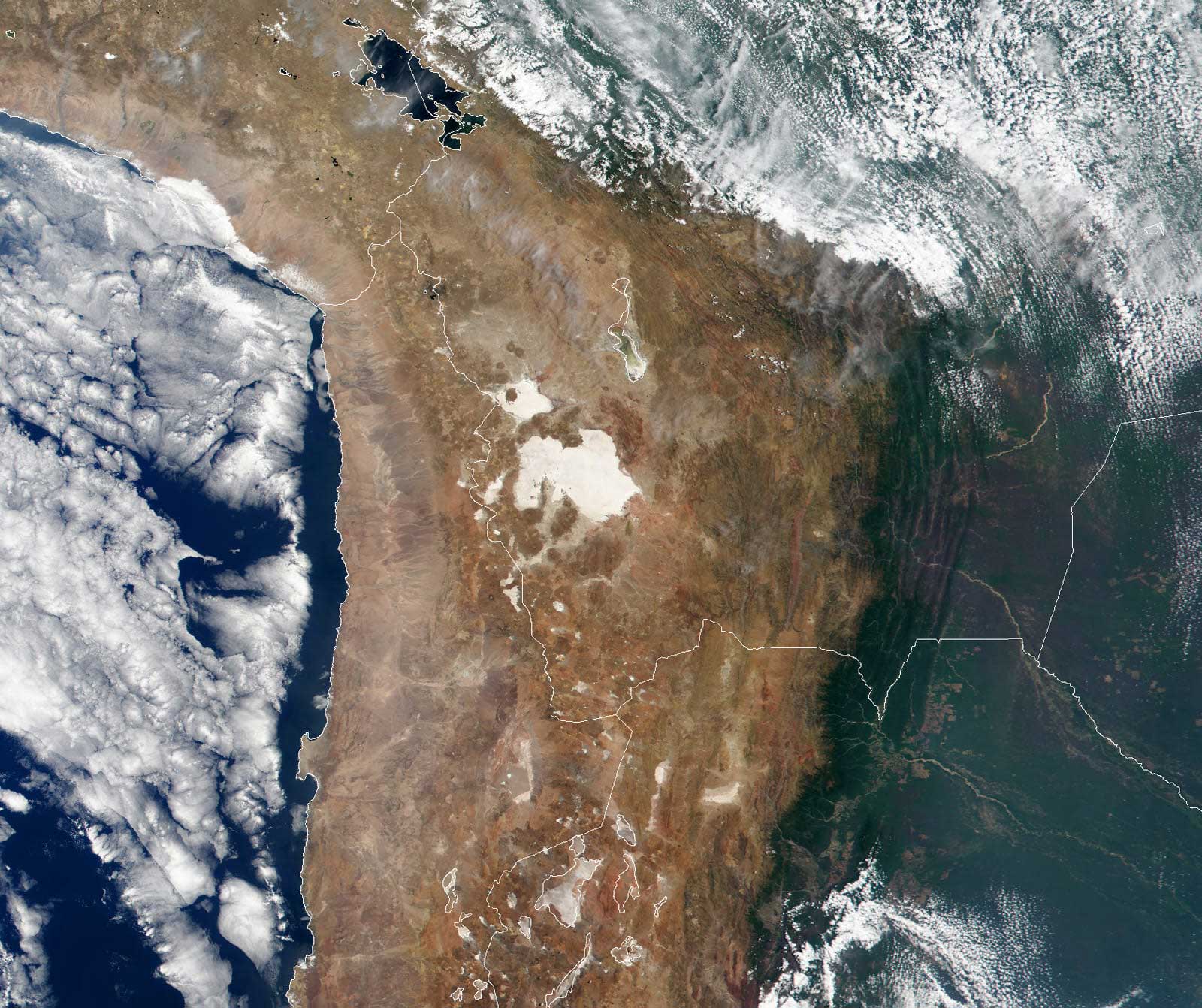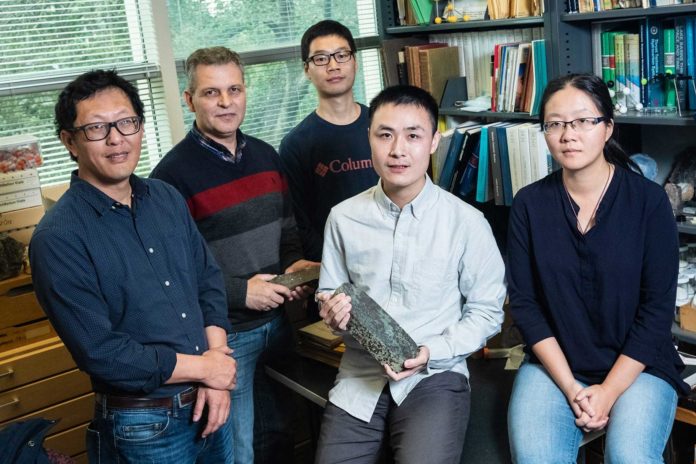Geoscientists at the Rice University have found an answer of one of Earth science’s fundamental questions: Where do continents form?
Scientists compared niobium, one of Earth’s rarest elements, and continent formation as there is a story of their connection that plays out over billions of years at scales as small as molecules and as large as mountain ranges.
Rice University geoscientist Ming Tang said, “The leading players are niobium and tantalum, rare metals so alike that geologists often think of them as twins. They have very similar chemical properties and behave almost identically in most geological processes.”
“If you measure tantalum and niobium, you find that their ratio is nearly constant in Earth’s mantle. That means that when you find more niobium in a rock, you will find more tantalum, and when you find less niobium, you will find less tantalum.”
The mantle is Earth‘s thickest layer, spreading over around 1,800 miles between the planet’s core and its thin external covering. Earth researchers trust that little, if anything, moves between the mantle and core, however the mantle and everything above it — ocean bottom, seas, continents, and atmosphere— are associated, and a considerable lot of the molecules on Earth’s surface today, incorporating the iotas in people and other living things, have cycled through the mantle at least multiple times in Earth’s 4.6 billion years.

The rocks in continents are an exception. Geologists have found some that are up to 4 billion years old, which means they were formed near the surface and stayed on the surface, without being recycled into the mantle. That’s due in part to the nature of continental crust, which is far less dense than the basaltic rocks beneath Earth’s oceans.
Rice petrologist Cin-Ty Lee said, “It’s no coincidence that Earth is the only rocky planet known to have both continents and life. Every day we live on continents, and we take most of our resources from continents. We have oxygen in the air to breath and just the right temperature to support complex life.”
“These things are so common that we take them for granted, but Earth didn’t start off with these conditions. They developed later in Earth’s history. And the emergence of continents is one of the things that shaped our planet and made it more livable.”
Scientists still don’t know how continents got their start and how they grew to cover 30 percent of Earth’s surface.
Tang said, “On average, the rocks in continental crust have about 20 percent less niobium than they should be compared to the rock we see everywhere else. We believe this missing niobium is tied to the mystery of continents. By solving or finding the missing the niobium, we can get important information about how continents form.”
Geologists have known about the imbalance for decades. And it certainly suggests that the geochemical processes that produce continental crust also remove niobium. But where was the missing niobium?
That annoying question incited Tang to invest his free time examining records in the Max Planck Institute’s GEOROC database, a far-reaching worldwide accumulation of distributed examinations of volcanic rocks.
In view of those pursuits and long periods of follow-up tests, scientists offer the main physical proof that “arclogites” (articulated ARC-loh-jyts) are in charge of the missing niobium. Arclogites are cumulates, the extra dross that amasses close to the base of mainland circular segments. On uncommon events, pieces of these cumulates eject onto the surface from volcanos.

Scientists first sent arclogite samples that Lee had collected in Arizona to their collaborator, Kang Chen, a research fellow based at the China University of Geosciences in Wuhan. Chen spent a month getting precise readings of the relative amounts of niobium and tantalum in the samples. The rocks were created when the High Sierras were an active continental arc, like the Andes today.
The tests confirmed high niobium-tantalum ratios, but to better understand the mechanism by which this signature was developed, Tang and Lee used high precision laser ablation and “inductively coupled plasma mass spectrometry” in Lee’s laboratory at Rice to reveal the mineral rutile was responsible.
Tang said, “Rutile is the mineral that hosts the niobium. It’s a naturally occurring form of titanium oxide, and it is what actually ‘sees’ the difference between niobium and tantalum and captures one more than the other.”
“But that happens only under specific conditions. For example, at temperatures above 1,000 degrees Celsius, rutile traps normal ratios of tantalum and niobium. It only begins to prefer niobium when temperatures drop below 1,000 degrees Celsius. Tang said the only known place with that set of conditions is deep beneath continental arcs, like the Andes today or the High Sierras about 80 million years ago.”
“The reason you need high pressure is that titanium oxide is relatively rare. You need very high pressure to force it to crystallize and fall out of the magma.”
Lee said, “In an earlier arclogite study published in Science Advances last May, Tang and Lee discovered a subtle chemical signature that can explain why the continental crust is iron-depleted.”
“Continental arcs are like a magic system that links everything together, from climate and oxygen concentrations in the atmosphere to ore deposits. They’re a sink for carbon dioxide after they die. They can drive greenhouse or icehouse, and they are the building blocks of continents.”
The paper published this month Nature Communications.
